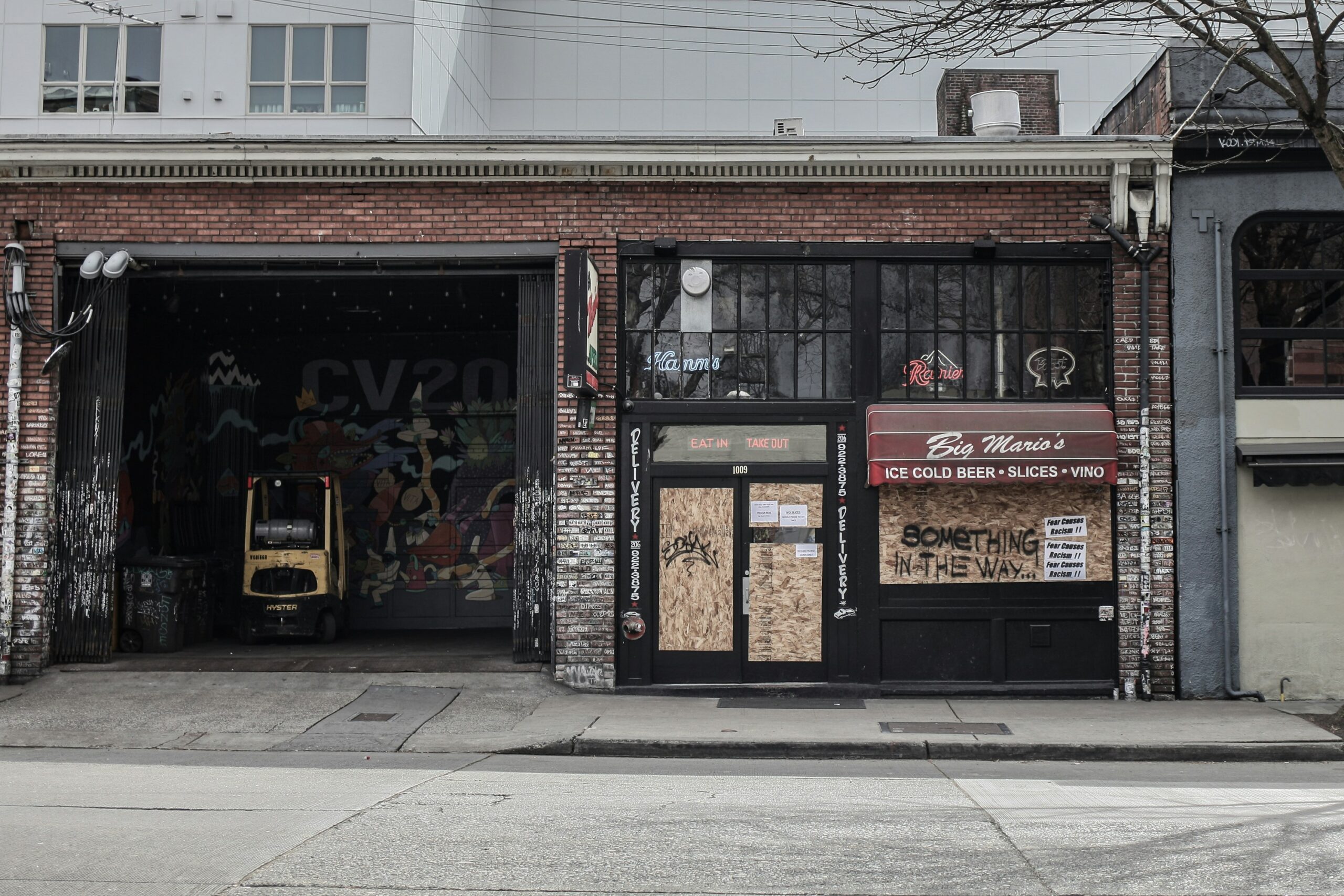Introduction
The restaurant industry has seen significant shifts in recent years, with major casual dining chains like Red Lobster and TGI Fridays facing closures across multiple locations. These changes raise questions about the underlying factors, their impact on employees and the economy, and what the future holds for the casual dining sector.
The Rise and Fall of Red Lobster and TGI Fridays
Red Lobster’s Legacy and Challenges
Founded in 1968, Red Lobster became a household name for seafood lovers in the U.S. Known for its affordable seafood platters and famous Cheddar Bay Biscuits, the chain expanded rapidly, reaching hundreds of locations worldwide.
However, in the last decade, the company has struggled due to:
- Changing consumer habits preferring quick-service restaurants.
- Rising seafood costs, leading to expensive menu pricing.
- Operational inefficiencies that resulted in declining profits.
TGI Fridays’ Success and Decline
TGI Fridays, established in 1965, became synonymous with American casual dining. The brand was famous for its fun atmosphere, signature Jack Daniel’s ribs, and happy hour deals.
Over time, it faced:
- Stiff competition from fast-casual and delivery services.
- Inconsistent franchise management and quality control issues.
- Financial difficulties leading to store closures.
Key Reasons Behind the Closures
1. Shift in Consumer Preferences
Modern diners prioritize convenience, affordability, and healthier options. Fast-casual brands like Chipotle and Panera Bread have captured market share by offering quicker service and customizable meals.
2. Economic Pressures and High Operational Costs
Casual dining chains operate with high overhead costs, including rent, wages, and food supplies. Rising inflation, minimum wage hikes, and supply chain disruptions have further strained their profit margins.
3. Impact of the COVID-19 Pandemic
The pandemic accelerated the decline of dine-in restaurants. Lockdowns, reduced foot traffic, and changing dining habits forced many locations to shut down permanently.
4. Increased Competition
With the rise of food delivery apps, ghost kitchens, and direct-to-consumer meal services, traditional restaurants must compete in an increasingly digital world.
The Impact of Closures on the Industry and Economy
Job Losses and Economic Consequences
The closures have resulted in thousands of job losses. For instance:
- Over 1,000 TGI Fridays employees in the UK lost their jobs after the company shut down 35 locations.
- Red Lobster’s downsizing has impacted numerous communities, leaving many workers unemployed.
Real Estate and Business Opportunities
Many closed restaurant locations have been repurposed by other businesses. Some have been taken over by fast-casual brands, coffee shops, or even office spaces.
Industry-Wide Reflection
Restaurant chains are reassessing their business models. Some, like Applebee’s and Chili’s, are investing in technology, delivery services, and revamped menu offerings to stay competitive.
What’s Next for Casual Dining?
1. Embracing Digital Transformation
To remain competitive, restaurants are integrating:
- Self-service kiosks and digital ordering systems.
- Loyalty apps and personalized promotions.
- AI-driven menu optimization based on consumer trends.
2. Focus on Unique Dining Experiences
To attract customers, some brands are enhancing ambiance, entertainment options, and exclusive menu items to create an engaging dine-in experience.
3. Expansion of Delivery and Takeout Services
Casual dining chains are investing in better packaging, ghost kitchens, and third-party delivery partnerships to reach customers who prefer dining at home.
Infographic: Key Stats on Red Lobster & TGI Fridays Closures
| Factor | Red Lobster | TGI Fridays |
|---|---|---|
| Year Established | 1968 | 1965 |
| Peak Locations | 700+ | 900+ |
| Recent Closures | Multiple across the U.S. | 35 in the UK (2024) |
| Main Cause of Decline | Rising costs, competition | Financial struggles, franchise issues |
Conclusion
The closure of Red Lobster and TGI Fridays marks a turning point in the restaurant industry. While economic challenges and changing consumer behavior have forced these chains to shut down locations, other businesses have adapted by embracing digital innovation and new dining experiences.
The future of casual dining lies in agility, adaptability, and a willingness to evolve. Those that understand and respond to market trends will continue to thrive, while those that resist change may face a similar fate.
FAQs
1. Why are Red Lobster and TGI Fridays closing locations?
Declining sales, high operational costs, and shifting consumer preferences have forced these chains to shut down multiple locations.
2. How have these closures affected employees?
Thousands of employees have lost their jobs, with major layoffs in the U.S. and UK.
3. What will happen to the closed restaurant locations?
Many have been repurposed into fast-casual restaurants, coffee shops, or even non-dining businesses.
4. Are other casual dining chains facing similar challenges?
Yes, brands like Applebee’s and Olive Garden have also struggled but are adapting through new strategies.
5. What can restaurants do to stay competitive?
Embracing technology, offering delivery services, and creating unique dining experiences are key to survival.
6. Is casual dining dying?
Not necessarily, but it needs to evolve to meet modern consumer demands for convenience and value.








